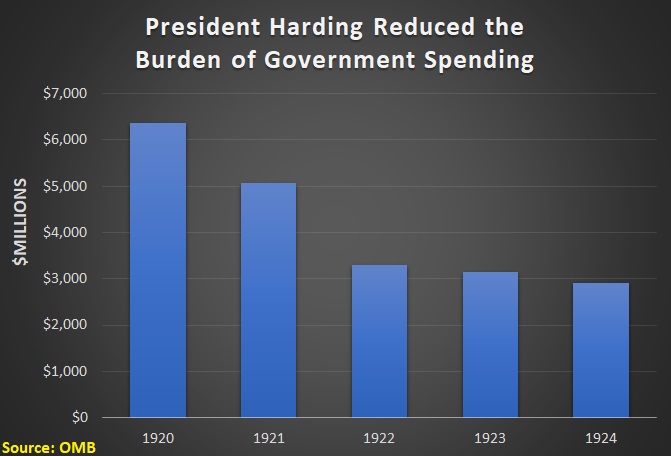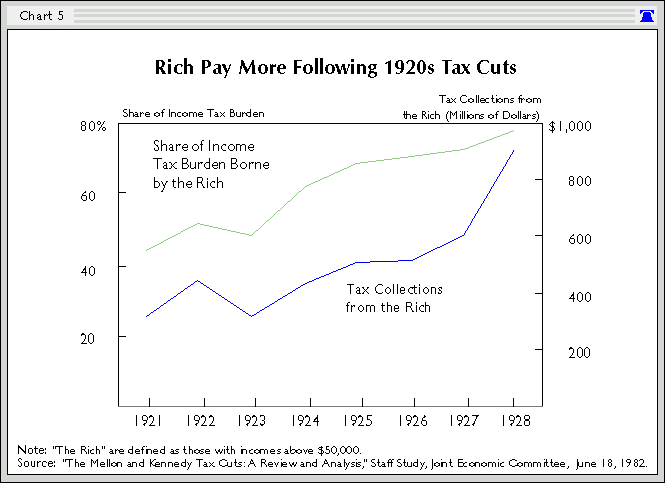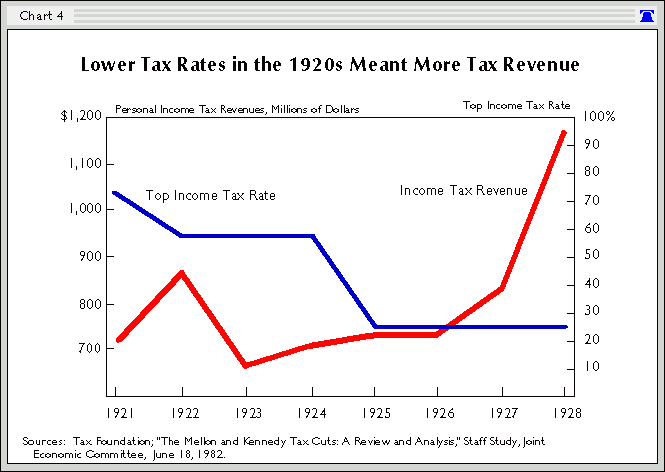As the Democratic-led Congress continues its decades-long out-of-control federal spending spree, government officials at every level should learn from the remarkable lesson of fiscal restraint that President Warren G. Harding gave us way back in 1921. As National Review says of the time more than one hundred years ago:
America in 1921 was in a state of crisis, reeling from the worst recession in half a century, the most severe deflationary spiral on record, and the 1918 Spanish flu pandemic, which killed 675,000 people in a nation of a little more than 100 million. Unemployment, it is now estimated, stood somewhere between 8.7 and 11.7 percent as returning soldiers inflated the size of the working-age population. Between 1919 and August of 1921 the Dow Jones average plummeted 47 percent.
Sound familiar? The state of America in 2022 is also one of economic crisis. The COVID-19 pandemic and the resulting damage of the overreactions of mitigation combined with the restrictive Biden energy policies have come together with a war in Europe and supply-chain disruptions here at home. With the reported U.S unemployment rate at 3.8% (the true rate is likely at least double that) and the U.S inflation rate at 7.87%, the U.S. Misery Index stands at a whopping 11.67%. Consequently, the average American wage earner is finding that his money doesn’t go as far as it did just two years ago before Biden took office because as inflation goes up, so does the cost of living.
In 2022, inflation is decreasing the purchasing power of consumers. Higher prices mean that fewer goods can be purchased, so even as Americans return to work after the economic disruptions of the pandemic, their wages, savings, and investments buy less and less. Over time, higher prices will trigger falling demand; falling demand will trigger layoffs and job loss; a decline in economic activity will snowball and spread across America’s economy ultimately leading to a recession, but just as Harding did a century ago, Congress could act (because we know Biden won’t) to right the American economy to keep the U.S. out of a depression or worse.
Recommended: Stunning: WSJ Poll Finds A Majority of Americans Doubt Biden Will Run in 2024
For Harding in 1921, what was “hampering growth were high income tax rates and a large national debt after WWI,” wrote economist Vance Ginn. To combat those tax rates and crippling debt, while reforming the federal budget process, Congress passed the Budget and Accounting Act of 1921 which also created the Bureau of the Budget (BOB) at the U.S. Treasury Department. President Harding’s predominant “economic policy was to rein in spending, reduce tax rates, and pay down the national debt. Harding, and later [Calvin] Coolidge, understood that any meaningful cuts in taxes and debt couldn’t happen without reducing spending” at the same time.”
Many years later, in 1970, BOB became the Office of Management and Budget (OMB) in the Executive Office of the President. The OMB still exists today to oversee “the implementation of the President’s vision across the Executive Branch. OMB’s mission is to assist the President in meeting policy, budget, management, and regulatory objectives and to fulfill the agency’s statutory responsibilities.” In other words, Congress still has all the tools it needs within the OMB to implement a Harding-inspired economic recovery program—but will members of Congress do it?
Seeing is believing, and the following chart based on OMB data clearly illustrates the successful results of Harding’s “period of remarkable spending discipline.”

Harding put America and Americans first by reducing federal spending by more than an astounding $1.5 billion, or 30%, from 1921 to 1922. That’s certainly nothing to sneeze at, but just imagine what America could do in 2022 to 2024 and beyond if a Republican-led Congress cut the federal government by 30%. In today’s numbers, that over $1.5 billion reduction in spending would be like cutting over $1.5 trillion from this year’s federal budget.
In addition, Harding (and Coolidge after him) cut the top rate income taxes of the so-called “rich,” and a funny thing happened; not only did Washington take in more money than before the cuts but “the rich” paid a larger share of the country’s tax burden.

To put it another way and in another graph, “overall revenues increased (red line) as the top tax rate fell (blue)…because the private economy prospered.”

Harding also began to pay down the national debt the U.S. had accrued from WWI spending. Today in 2022, the U.S. National Debt stands at more than $30 trillion from nothing more than government overspending, misplaced largesse, and waste. Imagine what America could do for our children and grandchildren in 2022 to 2024 and beyond if a Republican-led Congress would rein-in federal spending and begin to seriously address the problem of the national debt.
With governmental spending so out of control at not just the federal level, but also at many state and local levels, the time is now for Republican candidates everywhere to run on and plan for spending restraint and strong fiscal policies. It’s up to us taxpayers to push Republicans to do it to set the stage for the future economic prosperity of today and for the generations of Americans yet to come. It’s up to us, but will we do it?










Join the conversation as a VIP Member